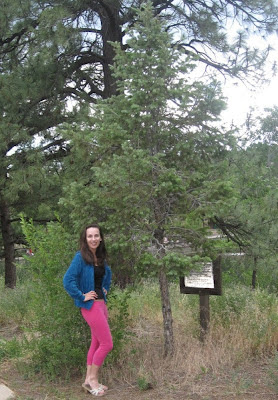A stunning anniversary just passed: 50 years since Apollo 11. We have 6 more Apollo lunar anniversaries to go, (7 overall in this program if one counts the non-lunar Apollo-Soyuz Test Project). For years, I've tracked statistics of Apollo missions and astronauts as they aged. And each time I have to update my records, the solemnity of the loss halts all activity in my brain.
On December 19, 1972, upon the splashdown return of Apollo 17, there were 12 men on planet Earth who knew what it was like to walk on the surface of our Moon. This fact remained true for true for 18 years and 7 months.
Then, in August 1991, James Irwin (Apollo 15) died of a heart attack at age 61.
In 1998, Alan Shepard (Apollo 14) died of leukemia at age 74.
In 1999, Pete Conrad (Apollo 12) was killed in a motorcycle crash at age 69.
In 2012, Neil Armstrong (Apollo 11) died of heart failure at age 82.
In 2016, Ed Mitchell (Apollo 14) died in his sleep at age 85.
In 2017, Gene Cernan (Apollo 10 and 17) died of long-term illness at age 82 and Dick Gordon (Apollo 12) died of cancer at age 88.
In 2018, John Young (Apollo 10 and 16) died of pneumonia at age 978, and Alan Bean (Apollo 12) died of sudden illness at age 86.
Today, as we approach more 50th anniversaries of lunar landings, there are just 4 men left who remember traveling to and working on the Moon.
- Buzz Aldrin turns 90 years old in January 2020.
- David Scott is 87.
- Jack Schmitt and Charles Duke are both 84.
Even if the youngest of them make it in to their 90s or to 100, will they see another Moon mission? Will they watch astronauts who are American or Chinese? Male or female? Will it be just as inspiring to the world?
PHOTO CREDIT: Felix Kunze/The Explorers Club
Some think we could pull off a Moon mission by 2024, though with how administrations roll (I've seriously been watching various plans and cancellations across my entire lifespan now), it will be more like 2027.
- At that point, Buzz Aldrin will be 97.
- David Scott will be 94.
- Jack Schmitt and Charles Duke will be 91.
- Every living Apollo astronaut will be a nonagenarian.
So, when we return to the Moon, if we return to the Moon, will anyone alive personally remember what it was like to visit the Moon?
Something to ponder.




































